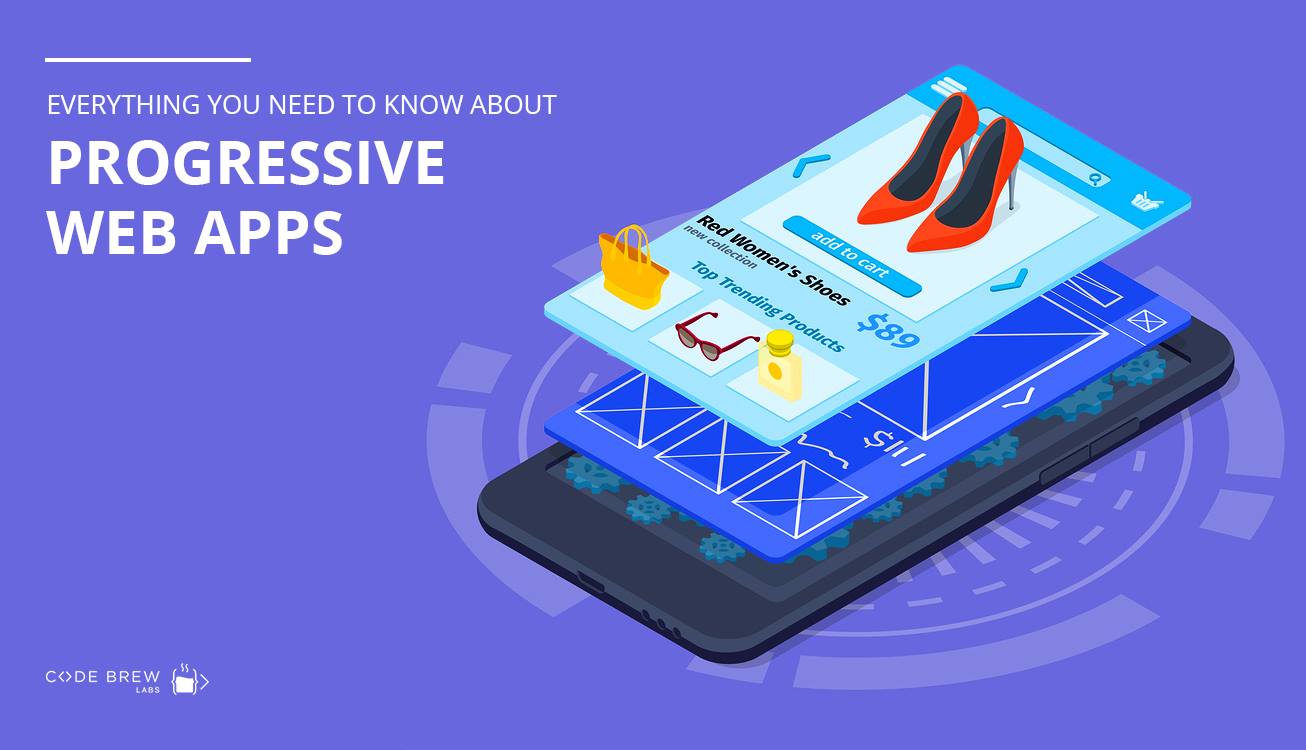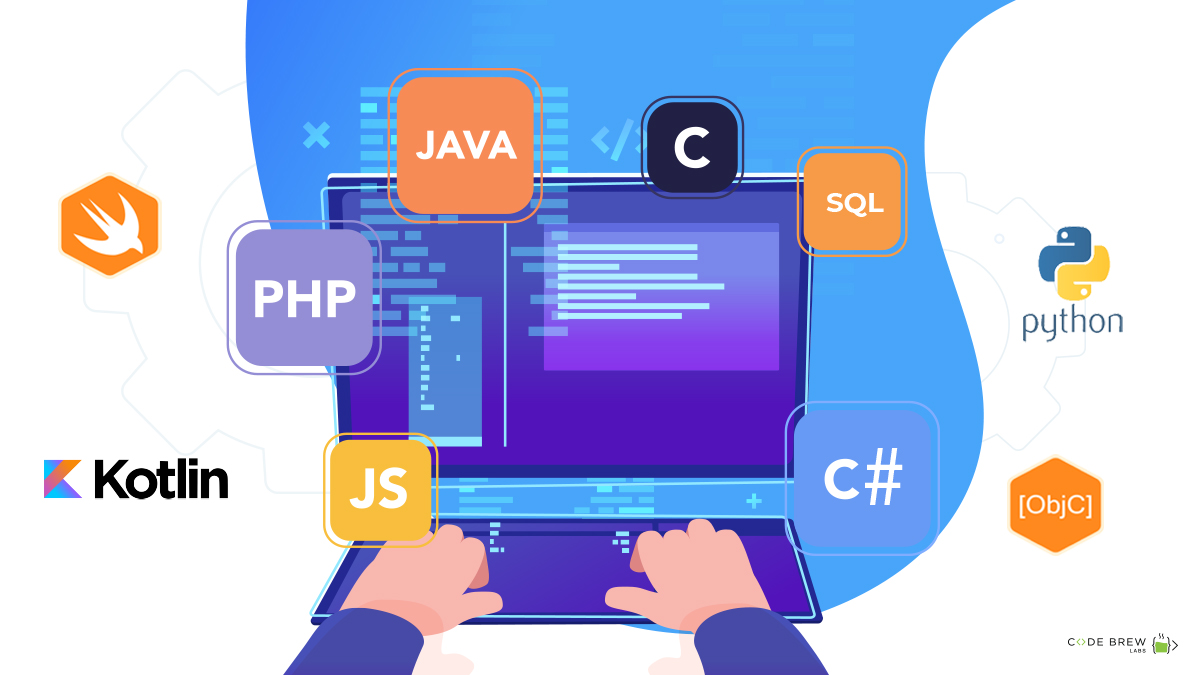We’ve been blessed with some remarkable technologies in the recent past. Just image the great capabilities of AR/VR, Smartphones, GPS and AI etc. Some of them such as smartphones have become an integral part of our lives. A day without a smartphone is unimaginable for most people nowadays. As more and more technologies announce themselves, we feel the inevitable need to store large amounts of data. Until, not too long ago, we were limited by the options of data storage. But that’s not the case anymore. Thanks to Cloud Computing. While few companies have still to migrate to Cloud, most have made a move thinking it the obvious solution for their needs.
So, what does the cloud computing landscape look like currently and what all trends are likely to greet us in the near future? Learn all that through the course of this blog:
1. Higher Growth In Cloud Service Solutions
Software as a Service has proved to be a tremendous success with its flexible and financially attractive offerings for businesses and consumers. That coupled with the growth of Infrastruce and Platforms as a service(IAS, PAS) have multiplied the number of cloud options available in both the public and private sectors. That trend is going to pick up pace and we’ll see more and more businesses starting to embrace the great power that cloud computing promises.
In 2018, the SaaS solutions are expected to be the topmost deployed cloud service around the globe. Cisco predicts that SaaS will make up 60% of all cloud-based workload – that reflects a 12% increase from the 2017 predictions. Paas and IaaS are also expected to follow a similar growth pattern. Businesses want their customers to access their services at all times without any difficulties and that need is driving them towards Saas, Iaas, and PaaS solutions.
2. Storage Capacity To Go Through The Roof

As more and more businesses jump on the cloud bandwagon, the demand for data storage is also going to go up. No doubt, this will push the service providers to set up more data centers online with large data capacity storage equipment. Cisco predicts the total storage capacity to reach upto 1.1ZB. That’s more than double the space that they had to offer in 2017.
While data centers would be occupied with increasing the available storage, the most advanced businesses would prepare themselves to make the most of the opportunity at hand. Increased space would allow them to store large data sets, run all sorts of analytics on them and then derive invaluable insights from them to understand customer behavioural patterns. For small businesses, this means increased storage at a relatively lower cost, something enjoyed by only the most well-off brands so far.
3. IoE To Reach A Whole New Level
Internet of Things and Artificial Intelligence created quite a buzz in 2017. With esteemed entrepreneurs Elon Musk and Stephen Hawking full of praise for how these technologies were revolutionizing the world. While IoT has everything going for it, the continuous innovations in real-time data analytics and cloud computing will make IoE reach new heights. The whole concept of IoE is based on machine-to-machine communication, data processes, and how people communicate with everything in their surroundings. Cloud computing will prove instrumental as IoE transforms into more complex systems with a focus on simplifying all interactions.
People, in such a scenario will be able to interact very intelligently using every device in the network. Beyond that, the human to human communications will also be greatly facilitated. For instance, Google’s Pixel Buds, are an advanced headset with the ability to recognize and translate as many as 40 languages in real time for their users. IoE will also allow businesses more insight into how their customers interact with their various products and services. This data can be used for targeted marketing and to improve the existing operations.
4. Improved Internet And The Rise Of 5G

In a ripple effect of increased data generation and data storage systems, the demand for faster connections from network providers is going to go high. Renowned brands such as Qualcomm Snapdragon are leading the way with super-fast network speeds. More similar companies should follow suit in the quest to offer improved internet services. While this happens, we can imagine a real need to shift from gigabyte LTE speeds to full 5G networks. That way our road to reach 5G capabilities may not prove that long after all.
When we have express internet speeds, the customer demand for highly responsive, ultra-fast services and apps will become obvious. That will push the leading business owners towards reevaluating and upgrading their Saas, Iaas, and Paas, platforms to attain higher responsiveness.
5. Cloud Computing And The Threat Of Cyber Attacks

2017 was a year for the most number of cyber attacks in the history of internet. Attacks like WannaCry ransomware, Vault 7 and CIA attacked systems around the world and they’re a grim reminder that even in 21st century cyber attacks aren’t a thing of past.
In 2018, we’re braced for even more dangerous individual and state sponsored attacks that will look to breach the security of cloud infrastructures. As cyber attackers become super-advanced, security analysts at Government, Public and Private sectors will have to be on their toes to battle every threat and nip it in the bud. Cloud services with managed security service providers will prove immensely useful for businesses looking to thwart cyber attacks, since the latter can’t implement full security measure all on their own.
Wrapping Up
The cloud computing has a bright future ahead of itself and there’s no much more potential in this technology to impact virtually every sector at both small and large scale. For businesses, it means an opportunity to achieve more and a level playing field, which wasn’t possible before Cloud as large data storage was still a luxury of the select few. In the end, the question today isn’t whether businesses will or won’t embrace cloud, but ‘when’ they decide to do that.






